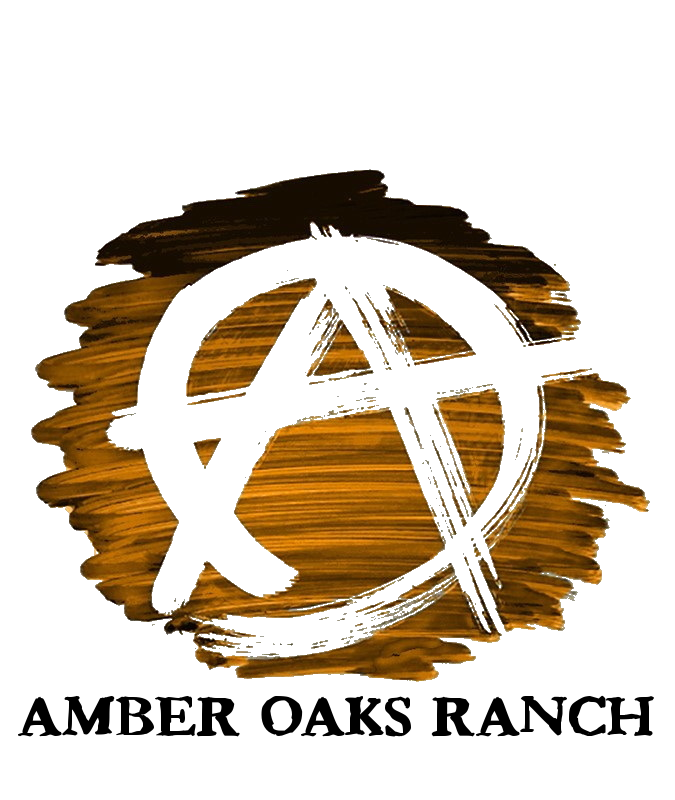August 2024 vol. 3
While roasts are traditionally associated with hearty cold-weather meals, I’m a firm believer that it’s never too hot for a good beef roast, even if the mercury hits 100 degrees outside.
One of my personal favorites is the Seven Bone Roast. Don’t be misled by the name – it doesn’t actually contain seven bones. Instead, it’s named for the single bone that’s shaped like the number “7”. You might also recognize it as the Chuck Blade Roast, a name derived from its location on the shoulder blade.

The Seven Bone Roast is a premium cut among chuck roasts. Its tenderness and succulence are so remarkable that when sliced thinly, it’s often sold as a steak. More commonly, this roast is divided into smaller parts and sold as “flat iron steak” and “chuck eye steak” (also known as the Delmonico, chuck fillet, or London Broil). For the meat connoisseurs among you, the Seven Bone Roast includes the top blade, chuck tender, chuck flap, shoulder center, and blade flap.
All that being said, lets get cooking.
It seems that everyone has reverted to cooking roasts in the crock pot. Yes, you can certainly slow cook the seven-bone roast in your crock pot, but we’re going to flex our culinary skills and use a more traditional approach – braising.
I like to use a heavy, enamel-coated cast iron pot. This helps distribute the heat evenly and you can easily transition from stovetop to oven.

Start by seasoning the meat and allowing it come to room temperature. Season with a generous dose of onion powder, garlic powder, salt, and pepper. Add aromatic herbs like thyme and rosemary after browning the meat to prevent them from burning.
Next, sear all sides of the meat. Heat up about a cup of oil (beef tallow is ideal) and brown the meat to form a flavorful crust and seal in the juices.
Once the meat is nicely seared, add a cup of water and a splash of wine to the pot, along with aromatic herbs like thyme and/or rosemary. Place the pot in the oven at 250 degrees. The cooking time will depend on the size of the roast, but a good rule of thumb is an hour per pound. If you’re pressed for time, you can increase the temperature to 300 and cook for 45 minutes per pound, but I find that a lower temperature and slower cooking time yield a juicier roast. The roast is done when the meat begins to separate from the bone. If you plan to add any root vegetables or mushrooms, wait until there’s about an hour left on the clock to prevent them from becoming overcooked and soggy. I prefer my veggies al dente.
This entire process can also be done on the stovetop, too. When I cook this way, I like to place thick slices of onion at the bottom of the pot to elevate the roast. This not only prevents the meat from overcooking on one side, but also infuses it with a delicious, savory flavor. Once the roast is cooked, remove it from the pot and let it rest while you prepare your gravy.

We hope you’ve been inspired to give the Seven Bone Roast a try in the near future. It’s a classic that we’re sure you’ll enjoy.




Add Comment